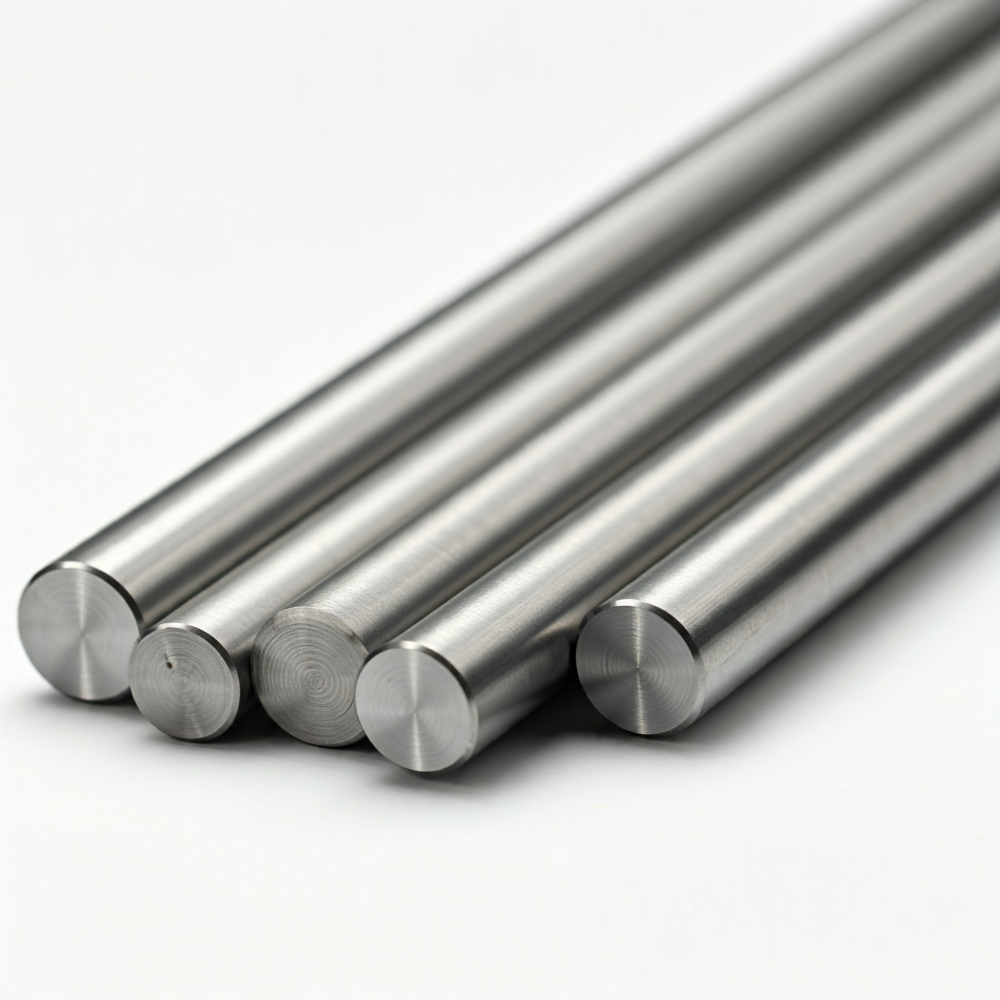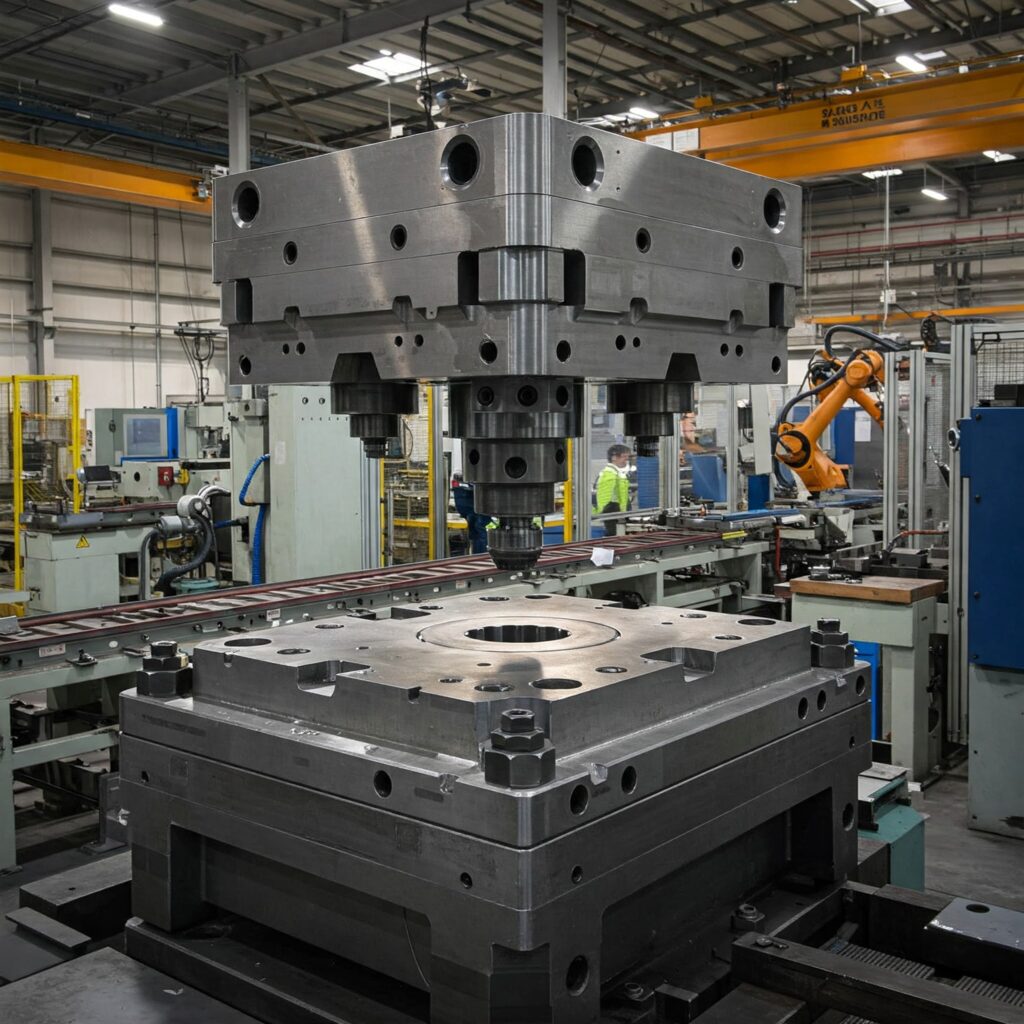Drawing dies stretch and deform metal sheets between a punch and a die to produce a cup-shaped workpiece. Their effectiveness depends on excellent wear resistance and anti-seizure properties. In many applications, choosing the right tool steel is critical. For example, steels like D2, D3, H13, H11, 1.2379, 1.2080, 1.2343, or 1.2344 can achieve optimal performance. These steels also extend the die’s service life. Several factors influence a drawing die’s longevity. The drawn sheet’s material and thickness, the die’s size and shape, its material and hardness, and its surface finish all matter. Other factors include the manufacturing process, tensile deformation extent, and the chosen lubrication method.
When drawing non-ferrous metals and carbon steel sheets, engineers tailor the die material to the production batch size and desired outcomes. In these cases, they often choose traditional carbon tool steels like D2 and D3 for their excellent wear resistance. They may also use low-alloy cold work or medium alloy die steels. Engineers usually apply surface treatments—such as chrome plating or nitriding—to these steels to prevent seizure during operation.
When drawing austenitic stainless steel or high-nickel alloy steel, engineers must take extra measures to prevent die seizure. They often use advanced tool steel grades such as H13 and H11, which offer superior toughness and thermal stability. Engineers also sometimes use high-performance alloys like 1.2379, 1.2080, 1.2343, and 1.2344, providing a balanced combination of hardness, strength, and improved machinability. Nitriding the die is essential, and designers may add aluminum bronze or cemented carbide inserts to enhance performance further.
By carefully selecting the appropriate tool steel and applying suitable surface treatments, manufacturers can significantly improve the durability and effectiveness of drawing dies in various metal forming applications.


